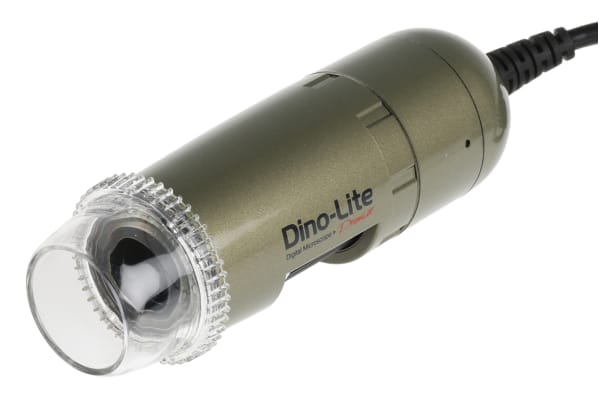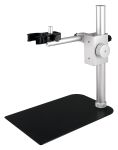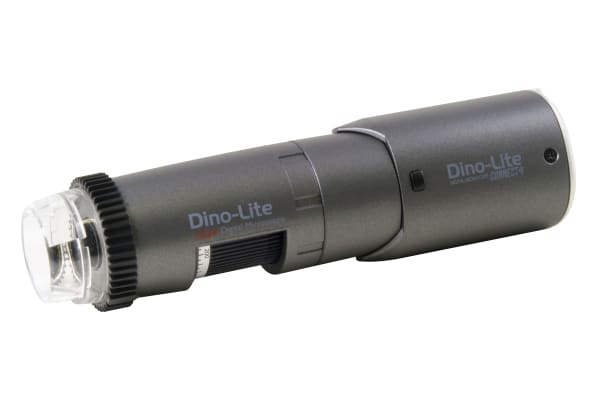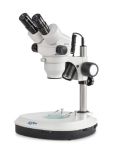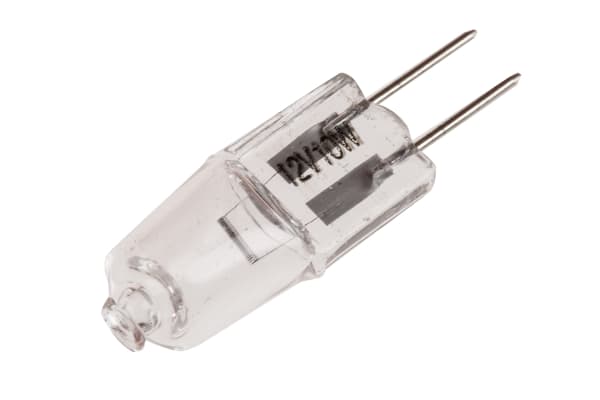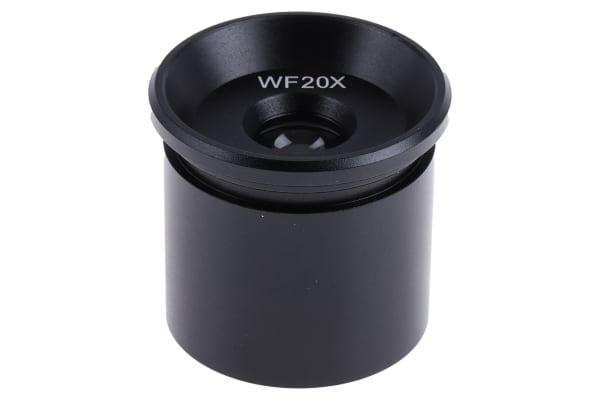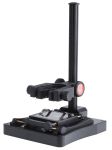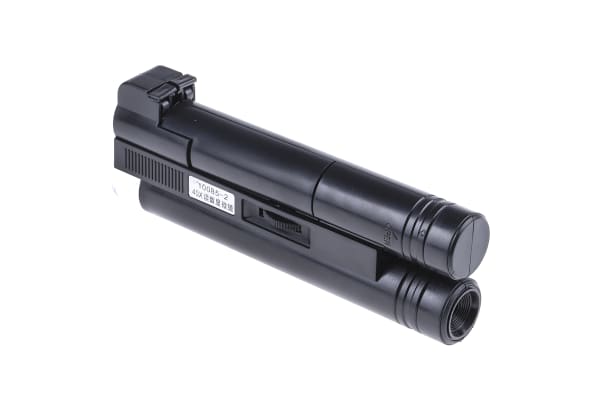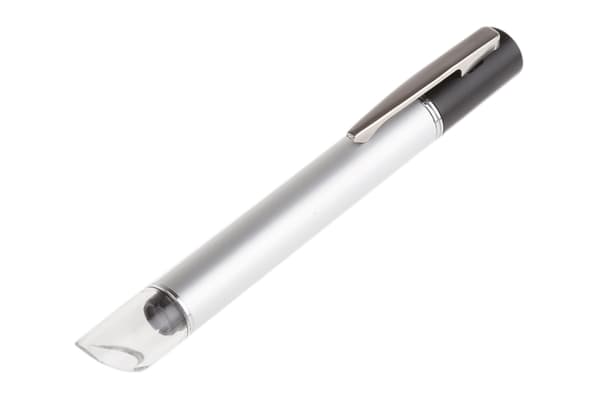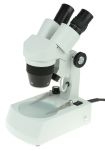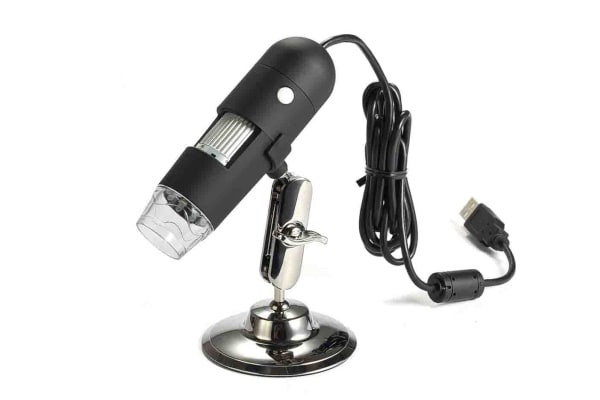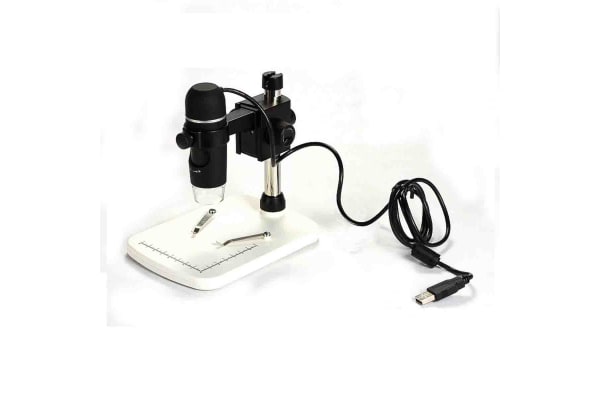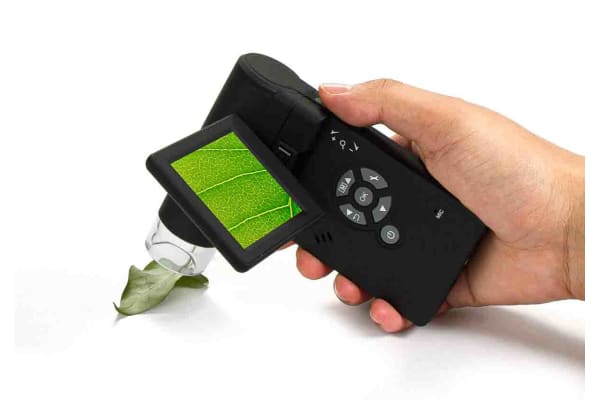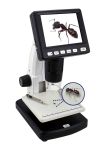Microscopes
Microscopes are magnifying optical instruments used to study objects that are too small to view with the naked human eye, instead placed in a slide to be viewed through the microscope. Microscopes are able to magnify objects to hundreds or thousands of times their original size, allowing the user to make detailed observations. You can find out more in our microscopes guide.Key Types of MicroscopeOptical Microscopes: These are the most common type of microscope. Optical microscopes work by using light and a lens or series of lenses to magnify a sample. It can be as simple as a single lens working as a magnifying glass, or a compound microscope where a system of lenses increases the magnification to a higher resolution.USB digital microscopes are compact, portable and can plug directly into your laptop or PC. They do not feature eyepieces, but display the image onscreen for you. These are ideal for image capture and many come with their own bespoke software.Electron Microscopes use beams of electrons and electron lenses to produce an image of the sample that is being magnified. Electron microscopes have a far greater resolution and can show greater magnification than an optical microscope. Electron microscopes can be further split down into the SEM (Scanning Electron Microscopes) and TEM (Transmission Electron Microscopes). SEMs return a 3D image in black and white, while TEMs return a 2D view.Who uses microscopes?While microscopes were initially predominantly used for chemical and medical applications, their uses are now incredibly broad and span numerous fields. They are used in forensic science, geology, botany, pharmaceuticals, and quality control applications among many others.Medicine and other biological careers, such as biochemistry, biophysics, forensic science and microbiology, are perhaps the most expected fields to use microscopes. Microscopes in these fields can be used to study a plethora of objects and samples, such as cell specimens, clothing fibres and other evidence, and much more.Geoscientists use microscopes in a similar vein as biologists, in that they are often used to study rock, flora, soils or water samples, allowing for a detailed analysis. Jewellers and gemologists also use microscopes to study the purity and authenticity of stones, metals and gems.
-
Dino-Lite AM4113ZT USB USB Microscope, 1280 x 1024 pixel, 200X Magnification
VND15,655,103.20 -
Dino-Lite Professional Stand, For All Dino-Lite Models
VND8,102,937.92 -
Dino-Lite WF4915ZT USB Microscope, 1280 x 1024 pixels, 20 → 220 Magnification
VND50,969,394.08 -
Kern OZL 963 Stereo Microscope, 0.7 → 4.5X Magnification
VND38,029,786.08 -
Kern OZM 544 Stereo Zoom Microscope, 0.7 → 4.5X Magnification
VND54,928,588.00 -
Replacement lamp for stereo microscope
VND444,493.28 -
RS PRO C Mount Camera, For Digital Microscope, MicFi Software
VND7,015,588.80 -
RS PRO Eyepiece
VND1,232,188.32 -
RS PRO Microscope Arm & Base, For Wifi Microscope
VND3,893,392.80 -
RS PRO Microscope Desktop Stand, For Wifi Microscope
VND2,146,497.76 -
RS PRO Microscope Desktop Stand, For Wifi Microscope
VND2,540,920.80 -
RS PRO Microscope Desktop Stand, For Wifi Microscope
VND3,396,335.36 -
RS PRO Microscope, 40X Magnification
VND1,716,584.32 -
RS PRO Microscope, 40X Magnification
VND1,980,172.48 -
RS PRO Stereo Microscope, 20X Magnification
VND12,345,863.20 -
RS PRO Stereo Microscope, 20X Magnification
VND12,886,276.48 -
RS PRO USB Digital Microscope, 2M pixels, 20 - 200 Magnification
VND3,848,885.92 -
RS PRO USB Digital Microscope, 5M pixels, 10 - 300 Magnification
VND4,580,947.36 -
RS PRO USB Digital Microscope, 5M pixels, 10 - 300, 1200 Magnification
VND8,348,109.44 -
RS PRO USB Digital Microscope, 5M pixels, 10 → 300 Magnification
VND8,711,262.56 -
RS PRO USB Wifi Microscope, 1280 x 1024 pixel, 10 → 160X Magnification
VND12,379,627.04 -
RS PRO USB Wifi Microscope, 1280 x 1024 pixel, 5 → 200X Magnification
VND11,677,876.32 -
RS PRO USB Wifi Microscope, 1280 x 1024 pixel, 5 → 200X Magnification
VND16,625,046.24 -
RS PRO USB Wifi Microscope, 1280 x 1024 pixel, 50 → 200X Magnification
VND12,082,083.20



